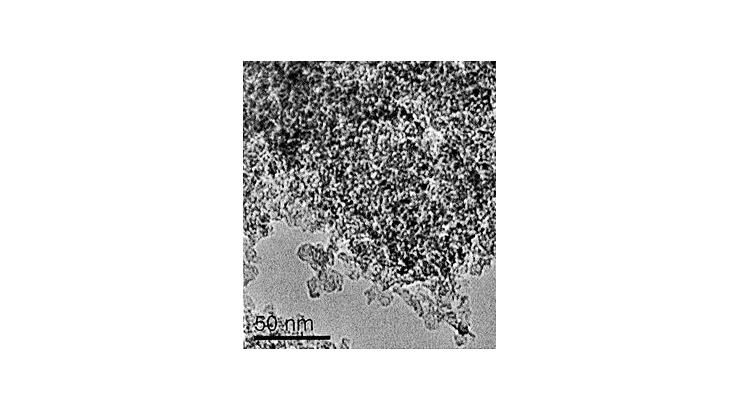Doped Carbon-Sulfur Nanocomposite Cathode for Li-S Batteries
ID# 2012-3919
Technology Summary
Penn State researchers have developed an invention that utilizes a heteroatom-doped carbon to form doped carbon-sulfur nanocomposites for use in high-performance lithium sulfur batteries. In this nanocomposite, the heteroatom-doped carbon serves not only as a conductive network in the electrode, but also strongly adsorbs elemental sulfur and sulfur compound via chemical adsorption. The strong adsorption mitigates diffusion loss of sulfur and ensures high columbic efficiency (>93%) as well as a long cycle life. This heteroatom-doped carbon can be used to advance the development of high-performance cathodes.
Application & Market Utility
Lithium-sulfur batteries have attracted increasing attention as next-generation energy storage devices for hybrid and electric vehicles. This is due to its high theoretical specific capacity and energy density. The use of sulfur is low-cost, abundant, and eco-friendly. Lithium-sulfur batteries are limited by poor capacity, polysulfide shuttle effect, and capacity fading. This technology addresses these limitations. Invention mitigates diffusion loss of sulfur and ensures high columbic efficiency and long cycle life. Technology protected by the U.S. 9,225,011 patent.
Next Steps
Seeking licensing opportunities.

